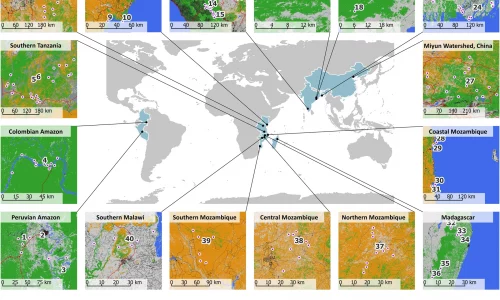Soumyajit Bhar , Sharachchandra Lele, and Narasimha D. Rao
Sustainability: Science, Practice and Policy | January 10, 2022
Concern about the environmental impacts of consumption has drawn research attention to the drivers of conspicuous and luxury (C/L) consumption. Given the prevailing patterns of overconsumption, most studies to date have focused on countries in the global North. However, an emerging high-consuming middle and upper class in nations such as India and Brazil makes it imperative to extend the study of C/L consumption to these contexts. Research that does exist pertaining to India has predominantly focused only on the role of social identity in driving consumption growth among certain groups. Our study proposes a broader conceptual framework, incorporating a variety of possible factors and applying multivariate statistical analysis to household-expenditure data from the India Human Development Survey. We examine how C/L consumption expenditure is correlated not just with the economic ability to consume (income or wealth) but also with potential socio-psychological drivers and moderators. The results show that while the economic ability to consume (income or its proxy) is an enabling factor, mass-media exposure and social network activity appear to influence C/L consumption positively. Education and caste have more mixed relationships with consumption, and interaction effects between these two variables and economic ability to consume are also significant. The results highlight the importance of socio-psychological factors in shaping consumption decisions beyond the enabling role of income and wealth. Improving understanding of this broader set of factors, as well as their interaction effects, is particularly salient for devising better policies for transitioning toward more sustainable consumption patterns in a large developing country such as India.








